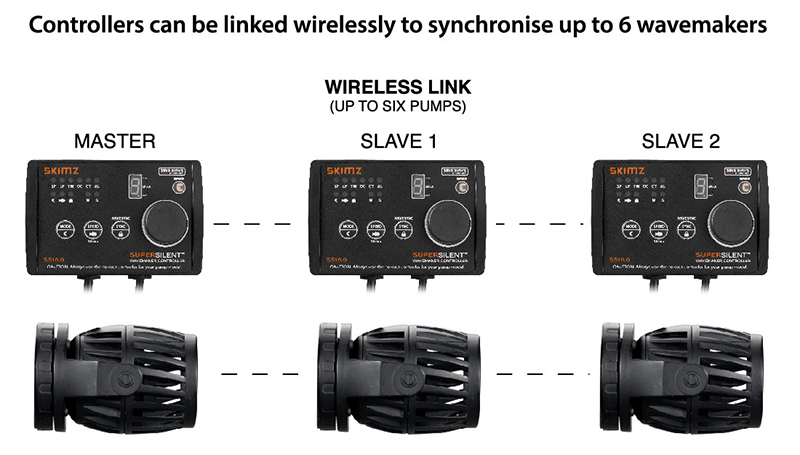

Submersible pumps are placed inside the aquarium and connected to an external power source. The most common type of powerhead is the submersible pump. Many types of corals need strong currents for proper growth, so powerheads are often used to create these types of conditions in an aquarium. Unlike wavemakers, however, powerheads do not produce any ripples on the water’s surface once they’re turned on. This movement can be used to create currents at the bottom of an aquarium, simulate natural habitats with strong or weak currents, or circulate water around large rocks. The powerhead contains a compact centrifugal pump powered by AC, featuring an intake and output that transport water from the lower to a higher level in the fish tank. The powerhead draws water up through the bottom entry and propels it across the aquarium. They use an impeller to circulate water but do not create waves like its variable-voltage system (the wavemaker) does. Powerheads are devices that circulate water and provide oxygen to the fish tank. This device is commonly used in reef aquaria. Wavemakers are a great option for aquarium hobbyists who want to create movement in their tanks. This action creates waves on the surface of the water. The blades spin and create a vortex that pulls water from one side of the tank and pushes it to the other side. And, the impeller is powered by a motor that turns the blades. Wavemakers use an impeller to create water movement.

It functions like an underwater fan, constantly moving the water in the aquarium. The wavemaker’s mechanism is rather straightforward. Wavemakers are used to break up stagnant spots in aquariums, and they can help simulate currents found in nature. They create water movement by oscillating back and forth at high speed, which causes the water’s surface to ripple. Wavemakers, also known as wave-making pumps or displacement pumps, are devices installed inside an aquarium to generate waves. Wavemaker vs Powerhead: What the Differences.Wavemaker and Powerhead: Advantages and Uses.


 0 kommentar(er)
0 kommentar(er)
